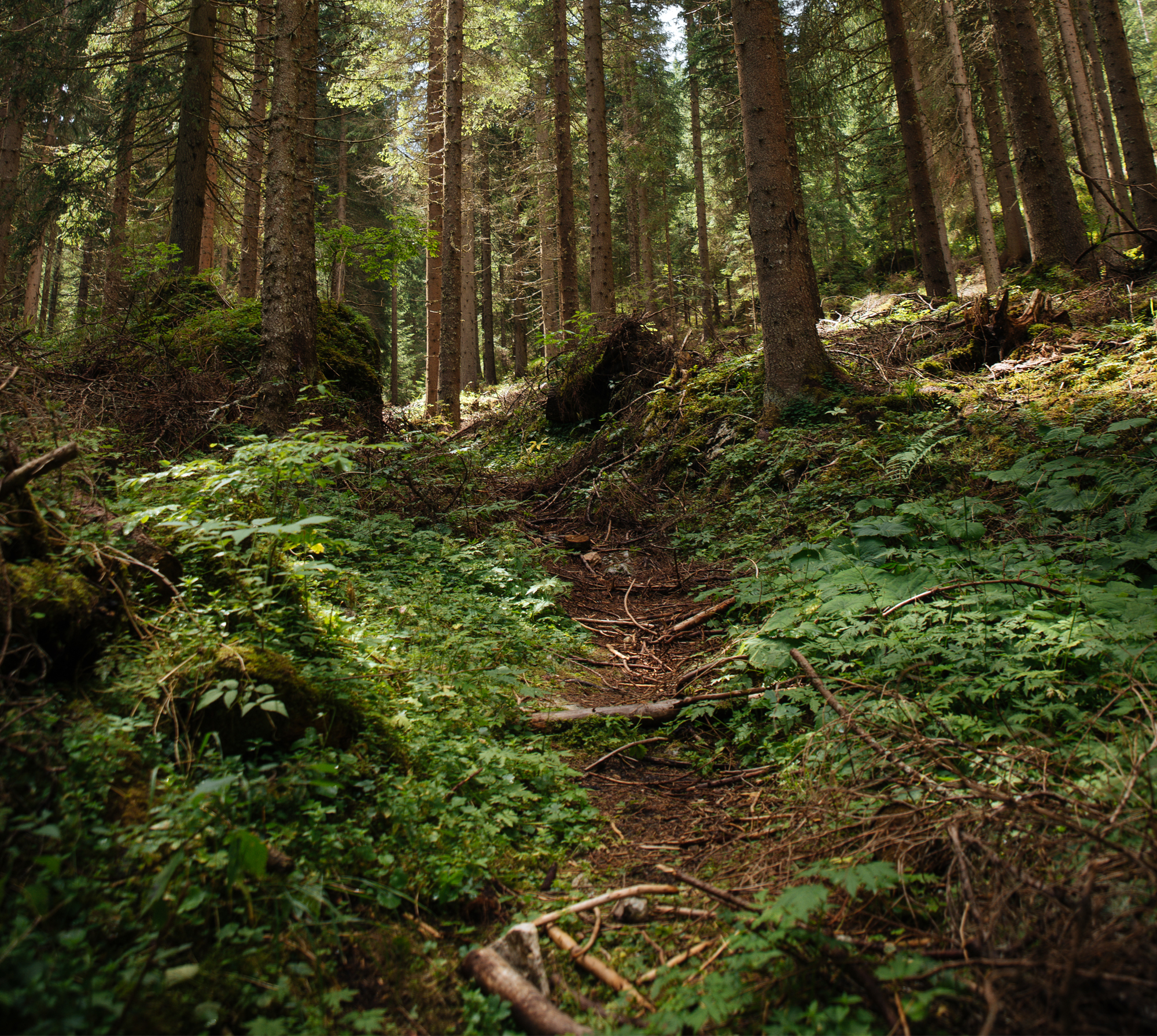
Uwarunkowania ekonomiczne utylizacji pozostałości zrębowych
Economic methods for the utilisation of logging residues
Autorzy
-
Tomasz Gałęzia
Nadleśnictwo Głęboki Bród, Głęboki Bród 4, 16-506 Gib
Tel. + 48 87 5165203, fax: +48 87 5165231, e-mail: tomasz.galezia@bialystok.lasy.gov.pl
Abstrakt
There are several ways of utilising logging residues and the two most common ones in the State Forests are wood chip production for energy purposes by mobile machinery and crushing by tractor-powered crushers. In this research, an economy-based approach was used to compare these methods and assess, whether chip production is superior to crushing for clearing a felling area. The average revenues from the sale of wood biomass in the form of wood chips and the average costs of crushing in the Pomorze Forest District were analysed for the period from January 2012 until June 2014. Both revenues and costs (such as fuel, operator’s wage, piling costs, depreciation, insurance and garaging costs) were extracted from the State Forests’ data base using data-mining software.
The highest price for wood biomass was achieved in 2012 (104.00 PLN m-3) and the lowest point was reached in 2014 (16.00 PLN m-3). Revenues amounted to 1353.87 PLN ha-1 on average, whilst the average logging efficiency was 25.60 m3 ha-1 with a proportion of logging residues compared to the total logged volume of 11.14 %.
The highest costs for crushing (1894.14 PLN ha-1) incurred for clearing gaps in a stand after removing spruces infested with bark beetles. Labour productivity in this case was 0.07 ha pmh-1. Significantly lower costs (1256.42 PLN ha-1) and greater productivity (0.16 ha pmh-1) were achieved when clearing clear-cut areas.
Considering these results, it is recommended to compress the logging residues into chips instead of crushing them. The removal of the residues from clear-cut sites may additionally affect forest health positively.
Słowa kluczowe
| DOI | DOI: 10.1515/frp-2016-0006 |
|---|---|
| Source | Leśne Prace Badawcze, 2016, 77 (1): 50–55 |
| Print ISSN | 1732-9442 |
| Online ISSN |
2082-8926 |
| Type of article |
Original article |
| Original title |
Uwarunkowania ekonomiczne utylizacji pozostałości zrębowych |
| Publisher | Instytut Badawczy Leśnictwa, Sękocin Stary, Poland |
| Date | 2016, March |
- Bolibok L., Brach M., Drozdowski S., Szeligowski H. Południkowa zmienność warunków radiacyjnych w obrębie gniazd na terenie Polski – wyniki modelowania
- Woreta D., Lipiński S., Wolski R. Wpływ pokarmu na imagines chrabąszczy Melolontha melolontha i M. hippocastani
- Klisz M., Jastrzębowski S., Ukalska J., Przybylski P., Matras J., Mionskowski M. Podatność populacji jodły pospolitej na uszkodzenia od przymrozków późnych
- Głowacki D., Sławska M., Sławski M. Dynamika dębu czerwonego (Quercus rubra L.) w lasach gospodarczych centralnej Polski na przykładzie Nadleśnictwa Grotniki
- Krauze-Gryz D., Mazur K., Gryz J. Zagęszczenie wiewiórki pospolitej na terenie Arboretum w Rogowie i wykorzystanie przez nią obcych gatunków drzew
- Gałęzia T. Uwarunkowania ekonomiczne utylizacji pozostałości zrębowych
- Aniszewska M. Zmiana masy i temperatury powierzchni szyszek sosny zwyczajnej (Pinus sylvestris L.) pod wpływem promieniowania mikrofalowego
- Zarek M. Preliminary studies on the molecular identification of sex in Taxus baccata L.

